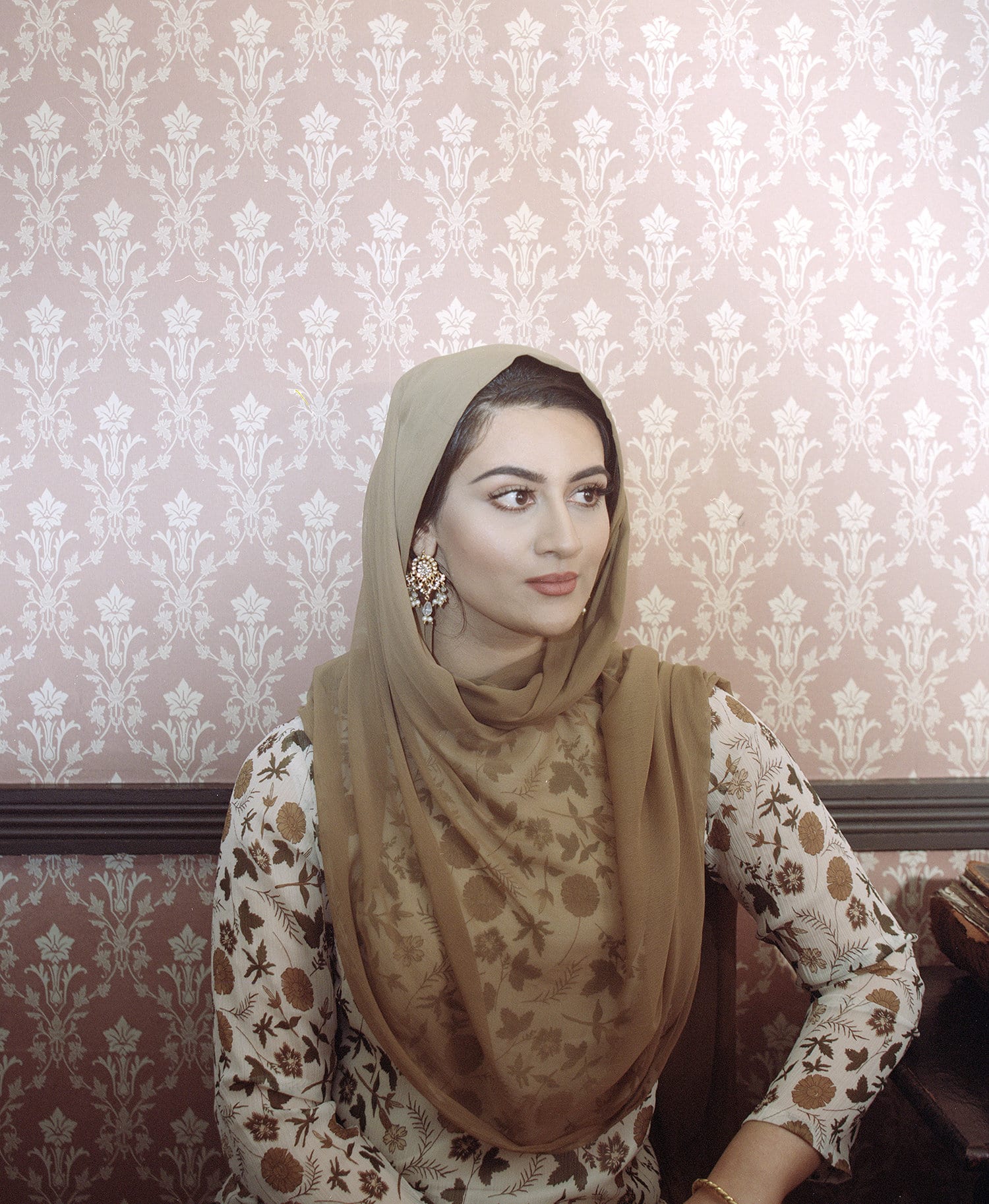Paul Martin’s series of portraits aims to give people experiencing homelessness the dignity and compassion they deserve


Paul Martin’s series of portraits aims to give people experiencing homelessness the dignity and compassion they deserve

Maryam Wahid has been interested in photography since she was a child. The photographer would…

When Derek Bishton, John Reardon, and Brian Homer set up a photography and design agency in the late 1970s in Handsworth, a multicultural, inner-city district of Birmingham, they were viewed with suspicion. “I lived in Handsworth and walked to work with my camera, and I felt people were looking at me as if to say ’Who is this white guy, is he working for the police?’” says Bishton. “As I started to take photographs I was aware of this problem.”
Their agency, Sidelines, had been set up to work with community groups on issues such as social justice housing, unemployment and immigration though, so the photographers were keen to win the locals’ trust. Discussing it in their office, a converted terraced house on a busy shopping street in Handsworth, Bishton happened to find a photograph in Camerawork Magazine, showing a Ukranian woman who had photographed herself in a portrait studio set up by American photographer David Attie. It was, he realised, the perfect solution – and one which their office was seemingly built for.

For over 40 years, American photographer Dawoud Bey has been photographing people from groups too often marginalised in the USA, seeking out stories overlooked by conventional and stereotypical portrayals.
Born and raised in New York, Bey began his career in 1975 at the age of 22. For five years he documented the neighbourhood of Harlem – where his parents grew up, and which he often visited as a child – making pictures of everyday life. This series, along with three more of his projects, is on show this month at the Stephen Bulger Gallery in Toronto, Canad

For the majority of his childhood in South Birmingham, Mahtab Hussain was harassed for the colour of his skin. Constantly pestered by children at school, he was even heckled on the street by strangers yelling out their car windows. “I didn’t really see my own colour as a problem, but for 10 years of my life it became a huge issue,” he says.
The title of his new book, Going Back Home To Where I Came From, is inspired by the racist insults he endured growing up. The project is a document of his trip to Kashmir in 2016, where he spent three weeks in his mother’s rural hometown, Kotli.

“I hate myself because I am a murderer… You can’t save me… We are a faceless, forgotten part of society…” These are just some of the intimate, often devastating thoughts of the inmates at HMP Grendon, a category B men’s facility in Buckinghamshire and Europe’s only “wholly therapeutic” prison. Their words accompany My Shadow’s Reflection, a series informed by Edmund Clark’s artist-in-residence at Grendon, which forms part of his larger body of work, In Place of Hate, on show at Ikon Gallery in Birmingham from 06 December.

For Omar Khaleel, fashion is personal. Using his native Birmingham as a backdrop for his editorial commissions and portraits, he shapes his work according to the details and textures of British urban life. From the streetwear his models are styled in, to the musicians he photographs and the local streets he uses as locations, Khaleel’s photographs pay tribute to the many facets of inner-city identity and are steeped in the environment that shapes it. As a British-Yemeni, representing cultural diversity plays an important role in Khaleel’s approach to photography. “I am bicultural and live in a culturally rich but economically poor inner-city environment,” he says. “I have been blessed enough to have grown up with and be around people from all walks of life.”

“People might not have a lot, but they will give you what they can. That’s true of so many Irish people. They’re a very warm and friendly and welcoming people. They will tell you stories and their lives and give you their time.” Josh Adam Jones, a student at the University of West England, Bristol, developed his project 99 Peace Walls whilst volunteering at Belfast’s photo festival this summer. The youth of the city helped him to understand the divides that are still ingrained into the culture there, and how, in spite of this, there is a warm community to be found throughout the city.